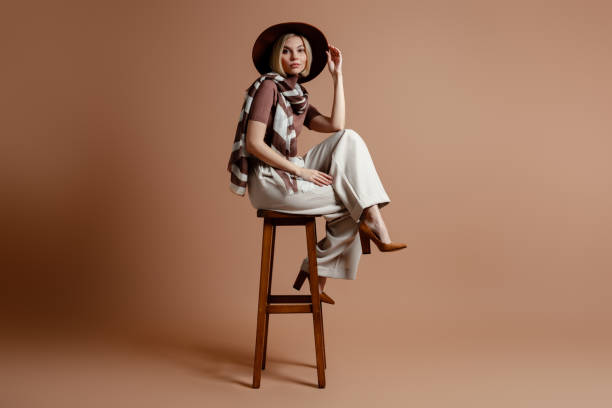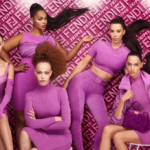DIY Fashion Tips: Customize Your Wardrobe & Express Your Style
In the world of fashion, there’s nothing quite like the satisfaction of creating your own unique pieces. DIY fashion allows you to customize your wardrobe according to your personal style, preferences, and creativity. This article will explore various techniques, tools, and tips to help you personalize your clothing and embrace your inner designer.
Why Customize Your Wardrobe?

One of the primary reasons to customize your wardrobe is to express individuality. Instead of relying on mass-produced clothing, DIY fashion provides an opportunity to stand out with unique pieces. Additionally, customizing your wardrobe can be cost-effective, allowing you to refresh old items with new styles without purchasing new clothes. It also promotes sustainability by giving a second life to garments that might otherwise be discarded.
Basic Tools for DIY Fashion
Before diving into the world of DIY fashion, it’s important to gather the right tools. Here are some basics that every DIY fashion enthusiast should have:
-
Sewing Kit:
A set of needles, threads, and a basic sewing machine can make a world of difference. -
Fabric Scissors:
Sharp scissors designed for fabric give you clean and precise cuts. -
Measuring Tape:
Accuracy is crucial in DIY fashion; a measuring tape helps ensure the right fit. -
Iron and Ironing Board:
Pressing fabrics and seams is essential for a polished finish. -
Fabric Markers and Chalk:
Useful for marking patterns and designs on your fabric.
Simple Customization Techniques
Starting with simple techniques can build your confidence and refine your skills. Here are some easy methods to customize your clothes:
-
Patchwork:
Adding patches is a quick way to give a unique look to denim jackets or jeans. -
Embroidery:
Personalize t-shirts, blouses, or dresses with beautiful embroidery patterns. -
Bleaching and Dyeing:
Change the color of your fabric through bleaching or using fabric dyes for a fresh look. -
Adding Buttons and Trims:
Decorative buttons, lace trims, or ribbons can add an element of elegance or funkiness.
Upcycling: Making the Old New
Upcycling is a fantastic way to reinvent old clothes into something fabulous. This technique not only saves money but also encourages creativity and sustainability. For example, you can turn an old pair of jeans into trendy shorts or a worn-out t-shirt into a stylish crop top. The possibilities are endless, and the environmental benefits are significant, reducing waste and promoting eco-friendly fashion practices.
Finding Inspiration
When it comes to customizing your wardrobe, inspiration can come from various sources. Fashion blogs, Pinterest, Instagram, and DIY forums are excellent places to find ideas and tutorials. Following fashion influencers and designers can also spark creativity. Additionally, exploring different cultures and fashion trends from around the world can offer fresh perspectives and styles to incorporate into your DIY projects.
Conclusion
DIY fashion is an exciting and rewarding way to express your individuality and creativity. By customizing your wardrobe, you can create unique pieces that reflect your personal style while also promoting sustainability. Whether you are upcycling old clothes or starting from scratch, this fun and eco-friendly approach to fashion allows you to stand out and make a statement. So, gather your tools, find your inspiration, and begin your DIY fashion journey today!
FAQs
How do I start with DIY fashion?
Begin with basic customization techniques like patchwork, embroidery, and adding trims. Gather essential tools such as a sewing kit, fabric scissors, and a measuring tape to get started.
What are the benefits of customizing my wardrobe?
Customizing your wardrobe allows you to express your individuality, save money, promote sustainability, and create unique pieces that stand out from mass-produced clothing.
Where can I find inspiration for DIY fashion projects?
Look for inspiration on fashion blogs, Pinterest, Instagram, and DIY forums. Following fashion influencers and exploring different cultures and trends can also provide fresh ideas.
What is upcycling in fashion?
Upcycling involves transforming old or worn-out clothing into new and stylish pieces. This technique saves money, encourages creativity, and promotes eco-friendly practices by reducing waste.
Do I need special tools for DIY fashion?
While some basic tools like a sewing kit, fabric scissors, and measuring tape are essential, you don’t need expensive equipment to start with DIY fashion. Creativity and innovation can often compensate for the lack of advanced tools.


